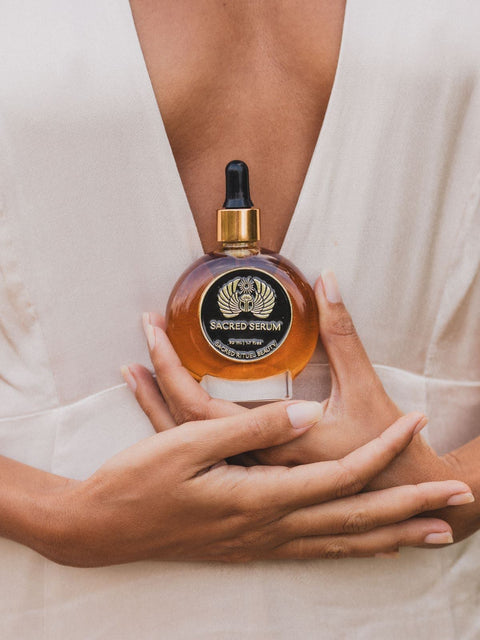
Why You Need A Redness Reducing Serum For Irritated Skin
Key Takeaways:
- Calming Redness: A redness-reducing serum helps soothe irritated skin and minimize redness over time, making it essential for sensitive skin types.
- Clean & Sustainable Choice: Choosing a serum with natural, eco-friendly ingredients supports both your skin’s health and environmental sustainability.
- Incorporation Tips: Integrate a redness reducing serum easily into your routine by applying it after cleansing and before moisturizing for optimal results.
When your skin feels irritated, it can be hard to find products that offer genuine relief without causing more harm. This is where a redness-reducing serum can become your skin’s best friend. These serums are designed to calm and soothe inflamed skin, providing immediate comfort while working to reduce redness over time.
At Sacred Rituel, we specialize in creating organic, plant-powered skincare solutions that work in harmony with your skin’s natural balance. Our expertise in formulating clean and sustainable skincare products means we know exactly what sensitive skin needs to stay calm, nourished, and resilient.
In this article, we’ll explore what makes redness-reducing serums so effective, the benefits they bring to irritated skin, and how you can seamlessly incorporate one into your daily ritual for maximum results.
Understanding Irritated Skin: Causes And Symptoms
Irritated skin can be a real hassle, especially when you’re unsure of what’s causing it. Common signs of irritation include redness, itching, dryness, and even stinging sensations. Often, irritation is triggered by environmental factors such as pollution, sun exposure, or harsh weather conditions. However, skincare products with fragrances, alcohol, or other irritating ingredients can also be culprits.
Sensitive skin types are especially prone to irritation, but anyone can experience it under certain conditions. If your skin is reacting in ways that make it feel uncomfortable, addressing the root cause can be tricky, which is why it’s so important to know what to avoid and what to seek out in your skincare routine. Redness reducing serums can play a key role in calming irritated skin, but understanding the causes of your irritation is the first step toward finding relief.
Our Sacred Serum is expertly formulated to target redness and soothe irritation, making it ideal for sensitive skin. Packed with calming botanicals and nourishing oils, it helps restore balance and comfort to distressed skin. Let Sacred Serum be your go-to solution for a calm, radiant complexion.
What Is A Redness Reducing Serum?
A redness-reducing serum is a specialized skincare product designed to calm inflamed and irritated skin. Unlike general moisturizers or creams, serums are lightweight and highly concentrated, allowing them to deliver potent ingredients directly to the skin. These serums typically contain anti-inflammatory and soothing components that help alleviate redness, making them a perfect addition for those with sensitive or reactive skin.
The formula works by addressing the underlying factors that cause redness and irritation, such as inflammation and damage to the skin barrier. Many redness-reducing serums are formulated with ingredients that help soothe the skin and promote healing. With regular use, you might notice not only a reduction in redness but also an overall improvement in skin texture and resilience.

Benefits Of Using A Redness-Reducing Serum
Incorporating a redness-reducing serum into your skincare routine can offer a range of benefits, especially if you often struggle with irritation. Here are some of the key advantages you might experience:
- Instant Soothing Relief: Many redness-reducing serums are formulated to alleviate discomfort and calm the skin upon application.
- Enhanced Skin Barrier: Regular use can strengthen your skin’s natural barrier, making it more resilient against environmental stressors that often trigger irritation.
- Long-Term Redness Reduction: Over time, a good serum can help minimize the appearance of redness, leaving your skin looking more even-toned and calm.
- Lightweight and Layerable: Redness-reducing serums are typically lightweight, which means they absorb quickly without feeling heavy. They’re also easy to layer under other skincare products, making them a versatile addition to any routine.
- Non-Irritating Formulas: Designed with sensitive skin in mind, these serums often avoid harsh ingredients, making them a safer choice for those prone to reactions.
These benefits make redness-reducing serums a great option for tackling irritation while keeping your skincare clean and gentle.
Key Ingredients To Look For In A Redness Reducing Serum
When choosing a redness-reducing serum, it’s helpful to look for ingredients known for their soothing and anti-inflammatory properties. Here are some beneficial ingredients to consider, each with unique qualities that help calm irritated skin:
Chamomile
Chamomile is highly regarded for its powerful calming effects on irritated skin. It contains natural anti-inflammatory compounds that help reduce redness and soothe discomfort, making it ideal for sensitive skin. Additionally, chamomile promotes healing and can enhance the skin’s resilience over time, providing both immediate and long-term benefits.
Calendula
This gentle yet effective ingredient is known for calming inflamed skin and reducing redness. Calendula is rich in antioxidants, which help protect the skin from further irritation caused by environmental factors. It also has antibacterial properties, supporting overall skin health and help maintain a balanced complexion.
Lavender
Lavender is more than just a pleasant scent; it’s a powerhouse for reducing redness and soothing irritated skin. Its anti-inflammatory properties help calm the skin, making it feel more comfortable and less reactive. Lavender also aids in balancing the skin’s moisture levels, preventing dryness and promoting a more even skin tone.
Rose Hip Seed Oil
This oil is packed with essential fatty acids that are crucial for maintaining a healthy skin barrier. By supporting the skin’s natural barrier function, rose hip seed oil helps protect against external irritants that can cause redness and sensitivity. It also contains vitamins A and C, aiding skin regeneration and improving skin texture and appearance over time.
Helichrysum
Known for its potent healing properties, helichrysum is particularly effective at reducing inflammation and soothing irritated skin. It is rich in antioxidants that protect the skin from environmental stressors, which can aggravate redness. Helichrysum also promotes skin regeneration, helping to repair damage and improve the skin’s overall resilience against future irritation.
How To Incorporate A Redness Reducing Serum Into Your Skincare Routine
Adding a redness reducing serum to your skincare routine is straightforward, and with a few simple steps, you can start seeing its benefits. Here’s how to seamlessly incorporate it into your existing regimen:
Start With A Clean Canvas
Begin by cleansing your face with a gentle, non-irritating cleanser free from harsh sulfates or fragrances. A clean face helps the serum absorb more effectively by removing dirt, oil, and makeup that could otherwise block its penetration. Using a gentle cleanser also ensures you’re not adding new irritants to already sensitive skin.
Apply Toner (Optional)
If you use a toner, make sure it’s alcohol-free and specifically formulated for sensitive skin. Toners can help balance your skin’s pH, which prepares it to better absorb the active ingredients in the redness-reducing serum. This step is especially helpful if your skin tends to feel tight or dry after cleansing, as it adds a light layer of hydration.
Dispense The Serum
After cleansing (and toning, if applicable), dispense a few drops of the redness-reducing serum onto your fingertips, being mindful not to over-apply. Gently press or pat the serum into your skin, focusing on areas prone to redness, such as the cheeks or nose. Patting the serum in rather than rubbing helps minimize friction and ensures even distribution.
Follow With Moisturizer
Once the serum has fully absorbed, which usually takes a minute or two, follow up with a moisturizer to lock in hydration. Choose a moisturizer designed to complement sensitive or irritated skin and doesn’t contain harsh additives. This step helps create a protective barrier on the skin, which seals in the serum’s benefits and provides additional soothing relief.
Finish With Sunscreen (AM Only)
If you’re applying the serum in the morning, be sure to finish with a broad-spectrum sunscreen that’s at least SPF 30. Sun exposure can worsen redness and irritation, so sunscreen is essential to protect the skin and prevent further damage. Look for a mineral sunscreen formulated for sensitive skin to minimize any potential irritation from chemical filters.
Use Consistently For Best Results
For lasting improvements, it’s important to use your redness-reducing serum consistently, as directed on the product label. Depending on the serum, you might apply it once or twice daily—morning and/or evening—to achieve the best results. Regular use not only helps reduce redness but also strengthens your skin’s resilience over time, making it less reactive in the long run.
Tips For Choosing A Clean And Sustainable Redness Reducing Serum
When it comes to skincare, opting for clean and sustainable products can make a big difference—not just for your skin but also for the environment. Here are some tips to help you choose a redness-reducing serum that aligns with these values:
Check For Natural And Organic Ingredients
Look for serums that use plant-based, organic ingredients rather than synthetic additives. Organic ingredients are grown without pesticides or synthetic fertilizers, making them safer for both your skin and the environment. Additionally, they often contain fewer irritants, reducing the likelihood of an adverse reaction, especially for sensitive skin.
Look For Eco-Friendly Packaging
Choose brands that prioritize sustainable packaging, such as recyclable or biodegradable materials. Packaging waste is a major contributor to environmental pollution, so opting for products with minimal or reusable packaging can significantly reduce your carbon footprint. Some companies even offer refillable options, which help minimize waste and encourage a circular economy.
Avoid Harsh Chemicals
Steer clear of serums with synthetic fragrances, parabens, sulfates, or other potentially harmful chemicals. These chemicals can disrupt your skin’s natural balance and cause long-term irritation, especially for those with sensitive skin. They can also contribute to water pollution when washed down the drain, negatively affecting aquatic ecosystems.
Support Cruelty-Free Brands
If animal welfare is important to you, look for serums labeled as cruelty-free, meaning they haven’t been tested on animals. Many cruelty-free brands go beyond just avoiding animal testing by ensuring that their suppliers and third-party manufacturers adhere to the same standards. Opting for cruelty-free products supports a more ethical industry, helping to protect animals from unnecessary testing.
Consider A Brand’s Environmental Impact
Some skincare companies go the extra mile by sourcing ingredients ethically, using renewable energy, or giving back to environmental causes. Choosing brands that are committed to sustainability means your purchase supports efforts to reduce the industry’s overall environmental impact. Many companies highlight these initiatives on their websites, so take a moment to explore how your favorite brands contribute to sustainability.
Look For Transparency
Sustainable brands are often very transparent about their ingredient sourcing and manufacturing practices. A commitment to transparency means you’ll know exactly what you’re putting on your skin and how it’s made. Check the brand’s website or product packaging for information about where ingredients come from, how they’re processed, and what steps the company takes to ensure ethical practices throughout the supply chain.

Final Thoughts
Incorporating a redness reducing serum into your skincare routine can be a game-changer for anyone dealing with sensitive or irritated skin. Not only do these serums offer soothing relief, but they also help strengthen the skin barrier over time, making your skin more resilient. Choosing a clean, sustainable option means you’re not only taking care of your skin but also making a positive impact on the environment.
With a little bit of research, you can find a serum that fits both your skincare needs and your values. By opting for natural, organic ingredients and supporting brands committed to sustainability, you can enjoy healthier skin without compromising on quality or ethics. So, if you’re ready to give your skin some extra TLC, a redness-reducing serum might just be the perfect addition to your routine.
Read also:
- How To Choose The Right Toner Based On Your Skin Type
- Melasma vs Hyperpigmentation: Key Differences And Best Solutions
- Sensitive Skin? Here’s A Daily Face Routine That Works Wonders
Frequently Asked Questions About Redness Reducing Serums
What causes redness on the skin, and can a serum help?
Redness can be caused by factors like inflammation, rosacea, acne, or environmental stress. A redness-reducing serum can help soothe and alleviate these symptoms by calming the skin.
How long does it take for a redness-reducing serum to show results?
Results can vary, but many users notice improvements within a few days to a few weeks of consistent use, with a significant reduction in redness often visible after about a month.
Can I use a redness-reducing serum if I have oily skin?
Yes, redness-reducing serums are typically lightweight and suitable for all skin types, including oily skin. Look for non-comedogenic formulas to prevent clogging pores.
Is a redness-reducing serum safe to use with other active ingredients like retinol?
Redness-reducing serums can generally be used with retinol, but it's best to introduce them slowly to monitor for any sensitivity. Consider alternating use if irritation occurs.
Can a redness-reducing serum help with acne-related redness?
Yes, these serums often contain anti-inflammatory ingredients that can soothe redness associated with acne and promote healing without aggravating breakouts.
How often should I use a redness-reducing serum?
Most serums can be used once or twice daily, depending on the product’s instructions and your skin’s sensitivity.
Can I use a redness-reducing serum under makeup?
Absolutely! Redness-reducing serums usually have a lightweight texture, making them an excellent base for makeup application.
Can redness-reducing serums help with rosacea?
Yes, many serums are formulated to help with conditions like rosacea by reducing inflammation and strengthening the skin barrier, but they’re not a cure.
What’s the difference between a redness-reducing serum and a color-correcting product?
A redness reducing serum treats the underlying causes of redness, while color-correcting products only camouflage redness temporarily with tinted pigments.

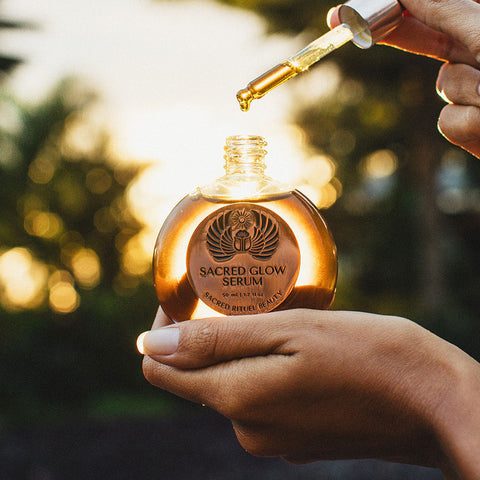

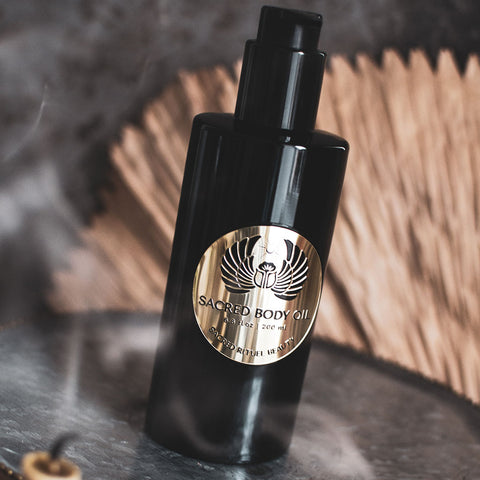
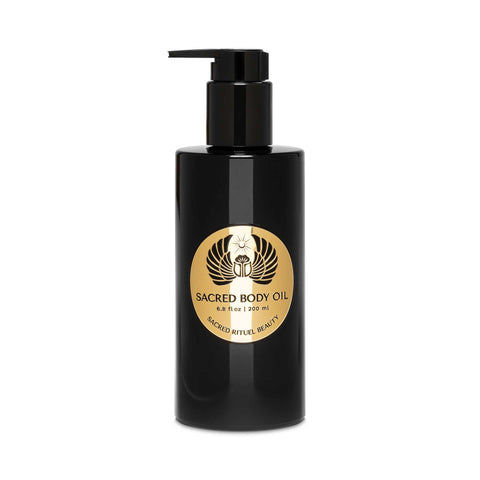

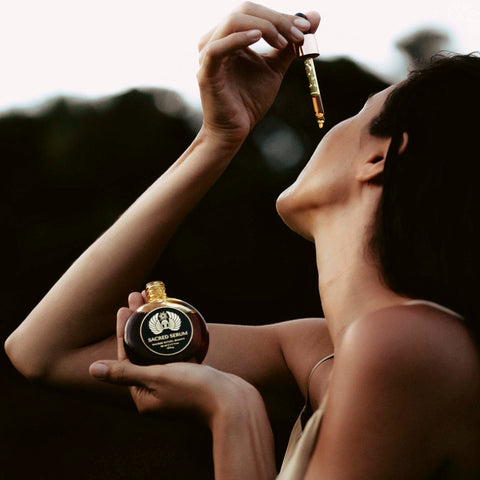
Commentaires (0)
Il n'y a pas de commentaires pour cet article. Soyez le premier à laisser un message !